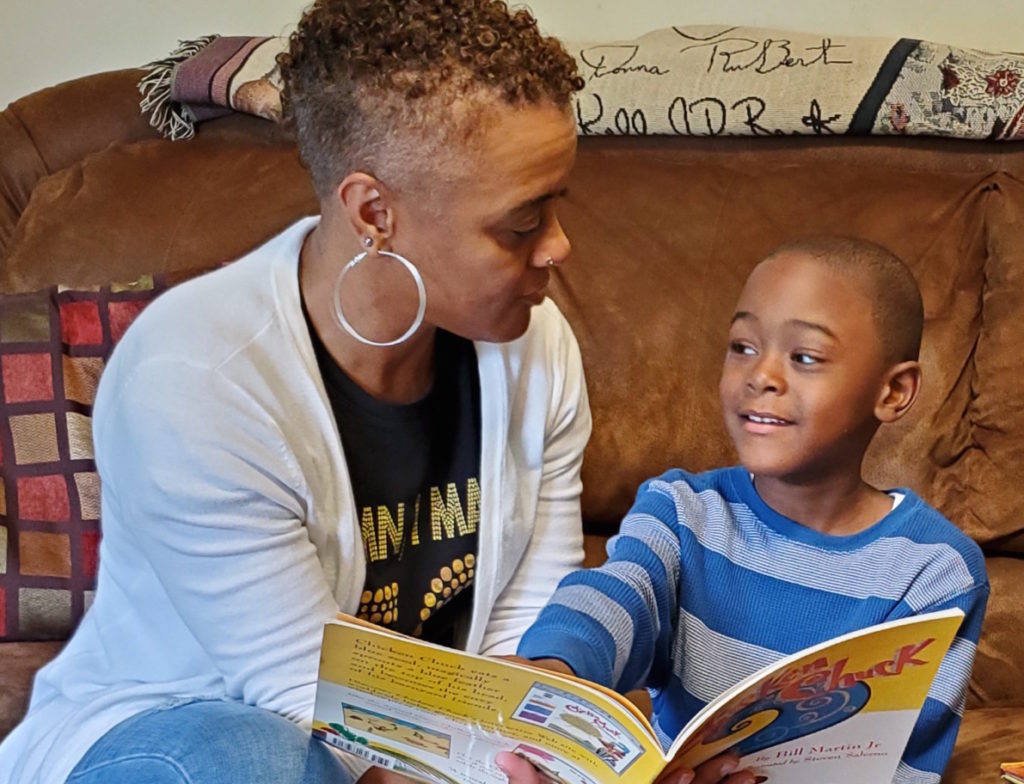Why Every School Must Have A Social Emotional Learning Plan Prior to Reopening

It’s important that we take time to think about what re-entry looks like for students and adults, especially with a Social Emotional Learning lens in mind. LessonForSEL share four considerations to help schools begin crafting a social emotional learning plan for reopening.
How Trauma-Sensitive Learning Is Continuing Online

Adjusting to this new normal while social distancing can be challenging. This is especially true for those who are trauma-sensitive learners. Trauma, past or present, shapes how students learn, with profound effects on educational outcomes. Even in the healthiest homes, illness, lost income, or increased responsibilities can cause strain.
See how the Center for Educational Improvement is offering free online resources to navigate these challenges during this crisis.
Social and Emotional Learning: Why We Must Act Now

In the wake of social distancing and sheltering in place, the need for mental health services will rise sharply and swiftly, according to the experts. The healthcare landscape that has been embattled by efforts to keep infected people alive while keeping healthcare workers safe, will quickly transform into a different type of battlefield – one beleaguered by the effects of mental illness.
A Trauma-Informed Approach to Teaching Through Coronavirus

Experts from the National Child Traumatic Stress Network share their recommendations for educators supporting students during the COVID-19 crisis.
Yes, You Can Do Trauma-Informed Teaching Remotely (and You Really, Really Should)

In recent years, trauma-informed teaching strategies have offered salve in times of stress, giving educators guidelines for supporting students experiencing adversity. But how can these pedagogies translate to an online context? How can we support students’ social-emotional health and help them process these unprecedented events when we are not sitting in a circle or walking out to recess?
The COVID-19 Conversation with your Kids

All our kids know that the world is upside down. Adults are anxious, school’s out, everyone’s home. . . and no playdates. As youth absorb the concern of the adults around them, how do parents talk to their kids about the changes?





